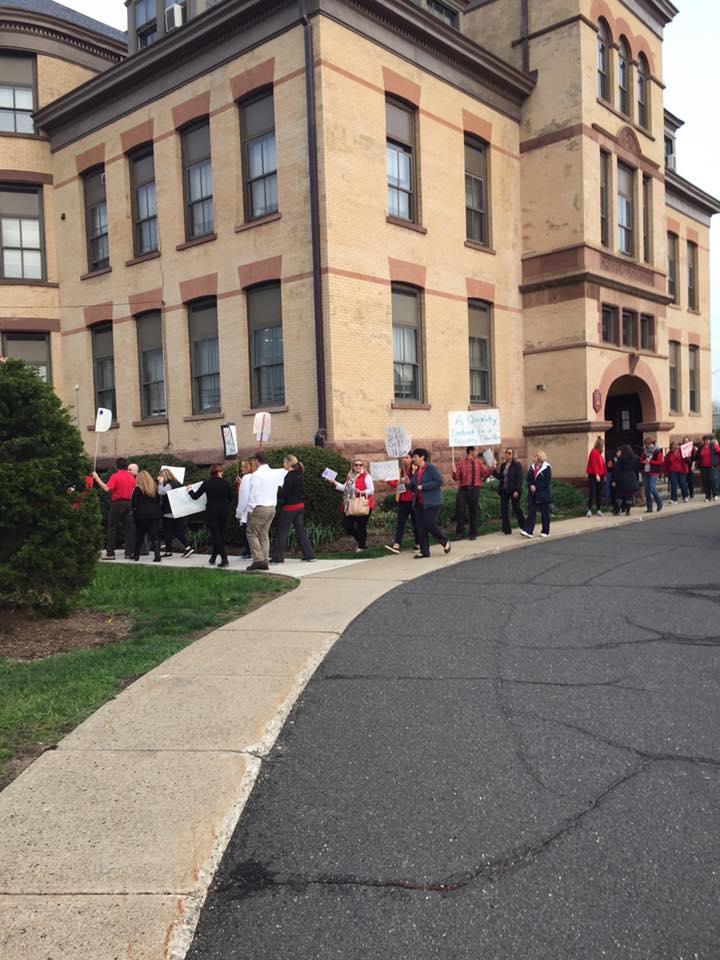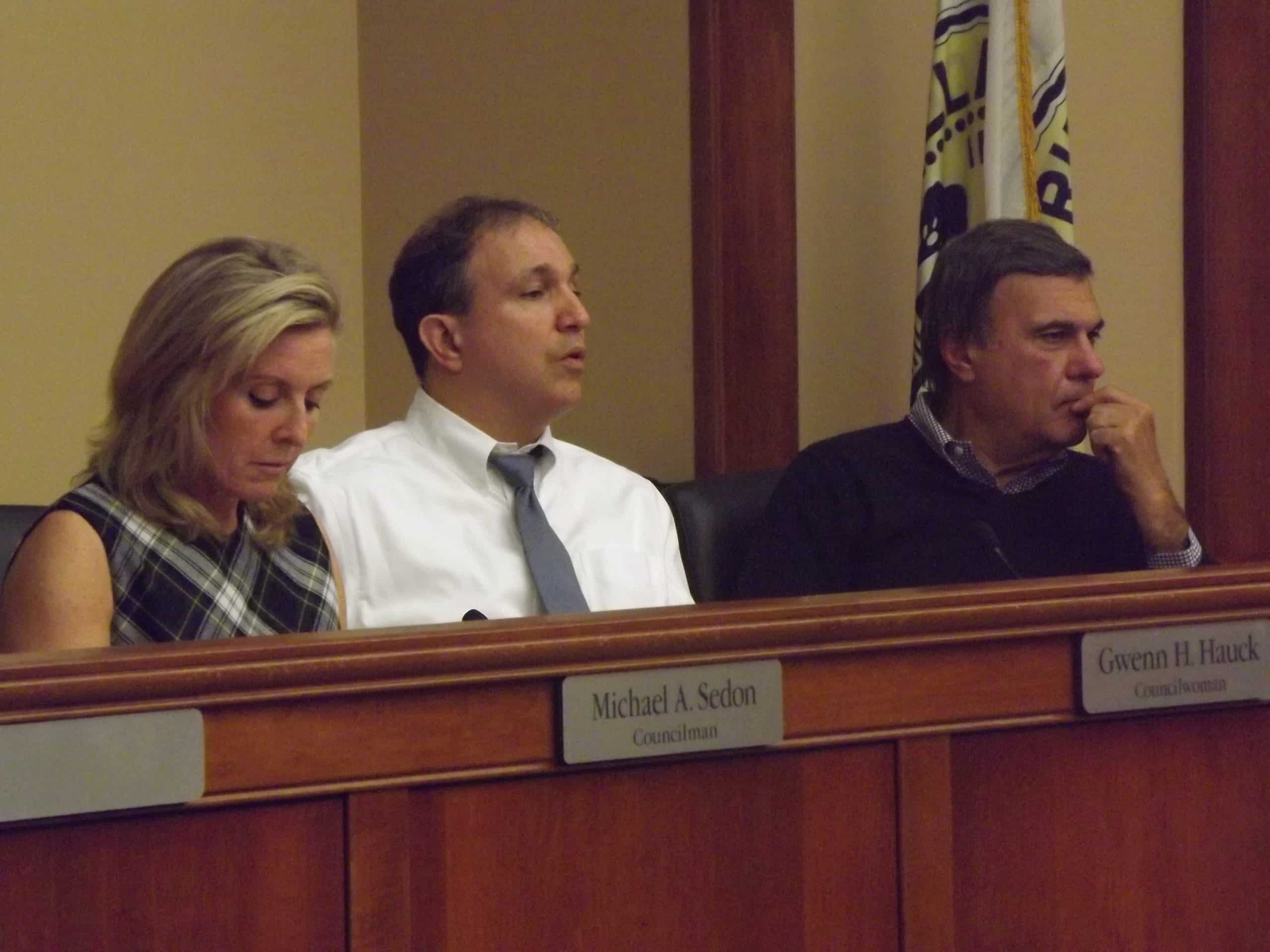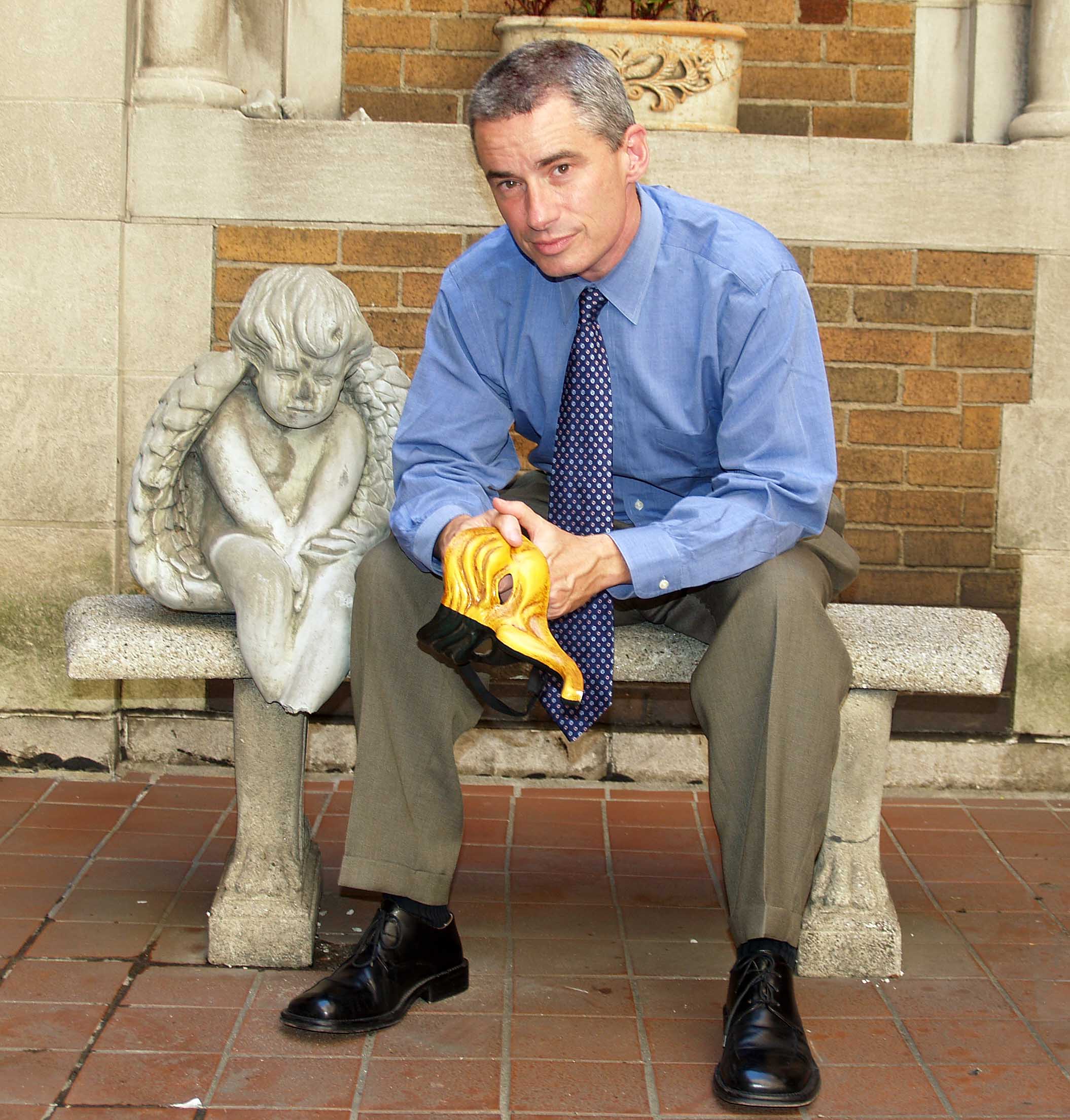
By Lindsey Burke, Jamie Bryan Hall and Mary Clare Reim
ABOUT THE AUTHORS
Lindsey BurkeWill Skillman Fellow in Education
Domestic Policy Studies
Mary Clare ReimResearch Associate
Domestic Policy Studies
College students understandably bemoan the costs of higher education. During the 2015–2016 school year, annual costs[1] at four-year public universities reached $19,548 for in-state students and $34,031 for out-of-state students. Annual costs at private institutions reached $43,921.[2] Federal student aid has likely exacerbated the college cost problem, providing short-term relief to students in the form of loans and grants, while enabling universities to increase tuition across the board.[3]
There is an additional consequence to taxpayer-subsidized federal student loans. The average full-time college student spends only 2.76 hours per day on all education-related activities. This helps explain why most full-time students today do not graduate in four years and rack up increasingly high loan debt during their extended enrollment. Taxpayers, who are increasingly on the hook for borrower defaults and loan forgiveness programs, deserve to know what their tax dollars subsidize.
Full-Time College Is Typically a Part-Time Endeavor
Based on data from the Bureau of Labor Statistics’s American Time Use Survey from 2003–2014, during the academic year, the average full-time college student spent only 2.76 hours per day on all education-related activities, including 1.18 hours in class and 1.53 hours of research and homework, for a total of 19.3 hours per week.[4]
Full-time high school students, in comparison, spent 4.32 hours per day on all education-related activities, including 3.42 hours in class and 0.80 hours of research and homework, for a total of 30.2 hours per week. Thus, full-time college students spend 10.9 fewer hours per week on educational activities than full-time high school students.
Employment eliminates this gap between college and high school students.
- Full-time college students work an average of 16.3 hours per week.
- Full-time high school students work an average of 4.0 hours per week.
Full-time college students, then, spend 35.6 hours per week on education-related and work-related activities, while full-time high school students spend 34.2 hours per week.
However, full-time college students spend significantly less combined time on education and work than do full-time employees. The average full-time employee works 41.7 hours per week. To match that, the typical college student would need 22.4 work hours per week, in addition to the 19.3 educational hours.
Non-employed full-time college students spend more time per week on educational activities than part-time or full-time employed students.
- Non-employed and full-time student: 24.9 hours;
- Employed part-time and full-time student: 19.9; and
- Employed full-time and full-time student: 8.5.
In combined education and work hours, however, there remains a deficit between non-employed and employed students:
- Non-employed and full-time student: 25.8 hours;
- Employed part-time and full-time student: 36.8; and
- Employed full-time and full-time student: 47.7 hours per week.
The combined education and work effort of the average non-employed, full-time college student (25.8 hours per week) most closely matches that of a non-student, part-time employee (22.9 hours per week), but remains substantially less than that of a high school student (34.0 hours per week) or even a part-time employee, part-time college student (33.8 hours per week).
In order to match the combined work and education effort of the average full-time employee, the average non-employed, full-time college student would need to work 16.9 hours per week, in addition to the 24.9 hours spent on educational activities.
Although expectations undoubtedly vary across institutions and fields of study, on average, full-time college demands substantially less time commitment than do high school or regular full-time employment. 60.5 percent of full-time students and 79.9 percent of part-time students work at least part-time while in school, suggesting many students recognize the merits of minimizing the debt incurred to finance their degrees. However, nearly 40 percent of full-time students do not work at all while in college.
Subsidizing Low Education-Work Efforts
The average 17-year-old, who is generally in high school, spends 31.2 hours per week on education and work activities. For 19-year-olds, total hours per week for education and work activities decrease to 26.0, and do not exceed the efforts of a 17-year-old again until age 23, after the end of the traditional college years. Total hours of education and work activities per week peak at 34.8 among 29-year-olds.
On average, Americans will not work as little as they did at age 19 until they reach age 59, when significant numbers cut back on their work hours or enter retirement. With outstanding student loan debt currently at more than $1.2 trillion, these findings raise an important question: Why are taxpayers heavily subsidizing a period in some people’s lives when combined education and work efforts are at their lowest?
Loan Forgiveness Programs Leave Taxpayers on the Hook for Generous Leisure Hours
Among the 39.5 percent of full-time college students who are not employed, the average time spent engaged in education-related activities (both class and studying) is only 24.9 hours per week, or 3.56 hours per day.
In the context of a student loan system in which students borrowed primarily through private lenders and paid back their loans themselves, evaluation of time use would largely only be an issue for the individual student, who would accrue higher levels of debt the longer it took him to complete college.
Today, however, the federal government originates and manages 93 percent of all student loans, and taxpayers underwrite generous loan forgiveness programs along with the cost of defaulted student loans.[5]
In 2016, 43 percent of individuals with federal student loans (or about 9.3 million borrowers) were either in default, were delinquent, or had postponed payments, owing more than $200 billion.[6] A long and more expensive path to the bachelor’s degree may seem relatively harmless to the individual student, but federal subsidies put taxpayers on the hook for this more expensive route if students default on their debt or enter loan forgiveness. Nationwide, fewer than 19 percent of full-time students attending non-flagship public universities earn a bachelor’s degree within four years; meanwhile, just 36 percent of students attending selective public research-based institutions will earn their degrees within four years.[7]
A study by researchers from Northwestern University suggests that, among other reasons such as lost transfer credits and remedial coursework, “most full-time students do not take the credits necessary to graduate on schedule (15 credits per semester or 30 credits per year), opting instead for lighter course loads that put them on five- and six-year plans.”[8]
Many colleges charge students based on whether a student is full-time or part-time, and in-state or out-of-state, so a full-time student who does not optimize the amount of credits he is taking would spend substantially more over a five- or six-year period in pursuit of a bachelor’s degree than the student who acquires the degree in four years, particularly if the student is paying room and board. The per-credit cost for a full-time student is typically lower than that of a part-time student. Further, at many universities, tuition for a full-time student is a fixed rate that then allows a student to enroll in a chosen number of credit hours, typically ranging from 12 to 18 per semester. With full-time tuition typically set as a flat rate, students minimize their per-credit cost as a full time student the more hours they take. Not maximizing credit hours can translate into considerable additional spending and debt for students. Estimates show that every extra year a student spends at a public four-year college costs an additional $22,826.[9]
Burden of Student Loan Costs on the Shoulders of Taxpayers
Students are accruing more debt to earn a bachelor’s degree, and the burden of loan repayment is increasingly being shifted to taxpayers. Not only do taxpayers bear the burden of defaults, but thanks to an expansion of federal loan forgiveness programs, they are also responsible for an increasing number of student loans that now qualify for forgiveness.[10] In 2015, the Obama Administration promulgated regulations expanding the income-based repayment program, which caps at 10 percent of discretionary income the amount borrowers can be required to repay per month, to all individuals with federal Direct Loans. All borrowers with undergraduate loans also have any remaining debt forgiven after 20 years. For graduates entering public-sector work upon college completion, loans are eligible for forgiveness after just 10 years. Some parent borrowers qualify for loan forgiveness of their Parent PLUS loan after 10 years if they work in the public sector.[11]
Loan forgiveness and repayment caps increase the likelihood that taxpayers will bear responsibility for a portion of students’ extended time taken to earn a degree. Loan forgiveness is bad policy in general, further enabling colleges to increase tuition and fees and shifting the burden of paying for college from the student who benefits from the education they receive to the taxpayers.
The limited amount of time spent engaged in education-related activities on average suggests that, for some students, the amount of debt accumulated finances a significant amount of non-education hours. When loans are forgiven, then, both education and non-education time is financed by taxpayers. Although numerous exogenous factors play into time to degree, such as when courses are offered and the mitigating circumstances of individual students, time-use data suggest that taxpayers end up generously subsidizing the non-education time of many college students.
Conclusion
An examination of the typical college student’s day reveals that the average full-time college student spends only 2.76 hours per day on all education-related activities. With the federal government today originating and managing 93 percent of all student loans, these data add to questions about the type of time use federal assistance is subsidizing. Taxpayers deserve to know.
Lindsey M. Burke is the Will Skillman Fellow in Education Policy in Domestic Policy Studies, of the Institute for Family, Community, and Opportunity, at The Heritage Foundation. Jamie Bryan Hallis Senior Policy Analyst in the Center for Data Analysis, of the Institute for Economic Freedom and Opportunity, at The Heritage Foundation. Mary Clare Reim is Research Associate in Education Policy in Domestic Policy Studies.















